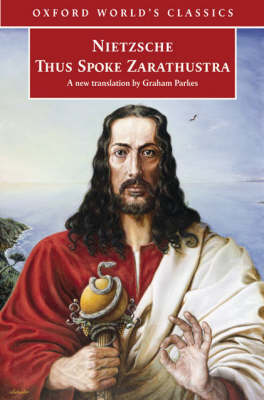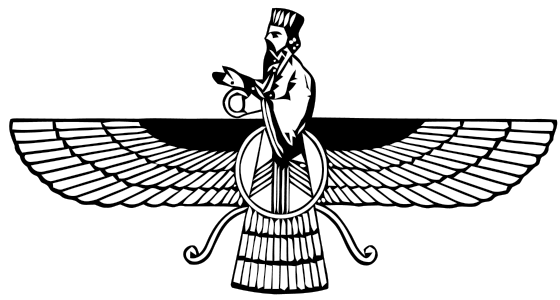If we turn to the Gathas to determine the geographic origins of Zoroastrianism, it seems reasonable to conclude—or guess—that Zoroastrianism originated somewhere in or around Bactria-Margiana. Recent discoveries of what appear to be ancient, pre-Zoroastrian fire temples in the Bactria-Margiana Archeological Complex (BMAC), appear to confirm this line of reasoning.
But we cannot necessarily conclude that all aspects of Zoroastrianism can be traced back to the same time or region. The definitive doctrine of cosmic dualism, for instance, is not apparent in the Gathas or in the archeological finds of Bactria-Margiana. Perhaps we can say that the Zarathustra of the Gathas taught that some thinking is good and some is bad, and that dishonesty is a chief characteristic of the latter, but that does not necessarily mean that Zarathustra taught a doctrine of ethical metaphysics—or cosmic dualism, as identified by Nietzsche.
So what would be a good guess as to the geographic origin of cosmic dualism?
When, for starters, did the Zoroastrian Satan “Angra Mainyu”, or Ahriman, first appear?
We know that the words Angra and Mainyu do first appear together in the Old Avestan as “bad thinking” or “miserly thinking”, which is opposed to “Spenta Mainyu” or, roughly, “bounteous thinking”. So it is reasonable to credit the Gathas of Zarathustra with the philosophical seed of cosmic dualism, but it does not necessarily follow that Zarathustra was a cosmic dualist; indeed, it seems positively unlikely that he was.
The earliest evidence available to us at this time of cosmic dualism was an account of Herodotus (484–425 BCE) of the Magi [I 140], which he seems to have identified as a tribe of the Medes, distinct from Persians but related thereto. All Herodotus mentioned was that it was customary among the Magi to kill noxious beasts. Western accounts of Ahriman and cosmic dualism do not emerge until Plutarch (46–120 CE), well into the Parthian era, and probably before a word of the Avesta was put into writing.
In light of this scarcity of evidence, it seems peculiar that what we recognize as Mazdean dualism is so similar to the ideas of Heraclitus, who was a contemporary of Darius, and predated Herodotus by two or three generations. Heraclitus, though, appears to have been critical of the Magi (though he may have been using the term as a generalization for sorcerers, faith healers, etc.). Still, it seems likely that someone by the name Magi were battling “noxious beasts” before the time of Heraclitus. Perhaps their primitive notions of good and evil caused him to reflect on the ubiquity of opposition in nature, but I’m inclined to go a little further and suggest that the dialectic of Heraclitus was probably a response to a doctrine of universal opposition that was commonly known and discussed in his corner of the Persian Empire.
I think it’s fair to credit the term “Ahriman” to Zarathustra, but I am not so sure that the idea of Ahriman is as Zoroastrian as it is Magian, and the Magi, to the best of our knowledge, were Medes. Unfortunately, we cannot be certain that the Magi weren’t a priestly caste throughout the Iranian world.
Where did this cosmic war between good and evil originate? It is not easy to say. Because we cannot say that it began in the Old Avesta, it seems difficult to claim that it originated in the lands of the Old Avesta. Perhaps the best we can say is that it is an Iranian idea. That would include modern peoples from the Pashtuns to the Kurds, and perhaps the ancient Scythians and Sarmatians as well. But when we look at what we have heard of those ancient tribes of the steppes, we find nothing even alluding to cosmic dualism, which might lead us to suggest that it might have been an invention of the Bactrians or Margianans who succeeded Zarathustra, or even the Medes or the Persians. Perhaps the evidence that points to the origin of the name “Ahriman” in the vicinity of Bactrian-Margiana is the best evidence we have for the geographic origin of the idea of Ahriman; but isn’t it possible that Ahriman derives from a Median word of similar meaning?
At this time, I am inclined to credit the Old Avesta as the inspiration behind the idea, and the lands of the Old Avesta as the soil where the seed was fist planted, some 500 years before Herodotus. There was plenty of time for the idea to develop. When and where it first took the form of doctrine is difficult to say.




